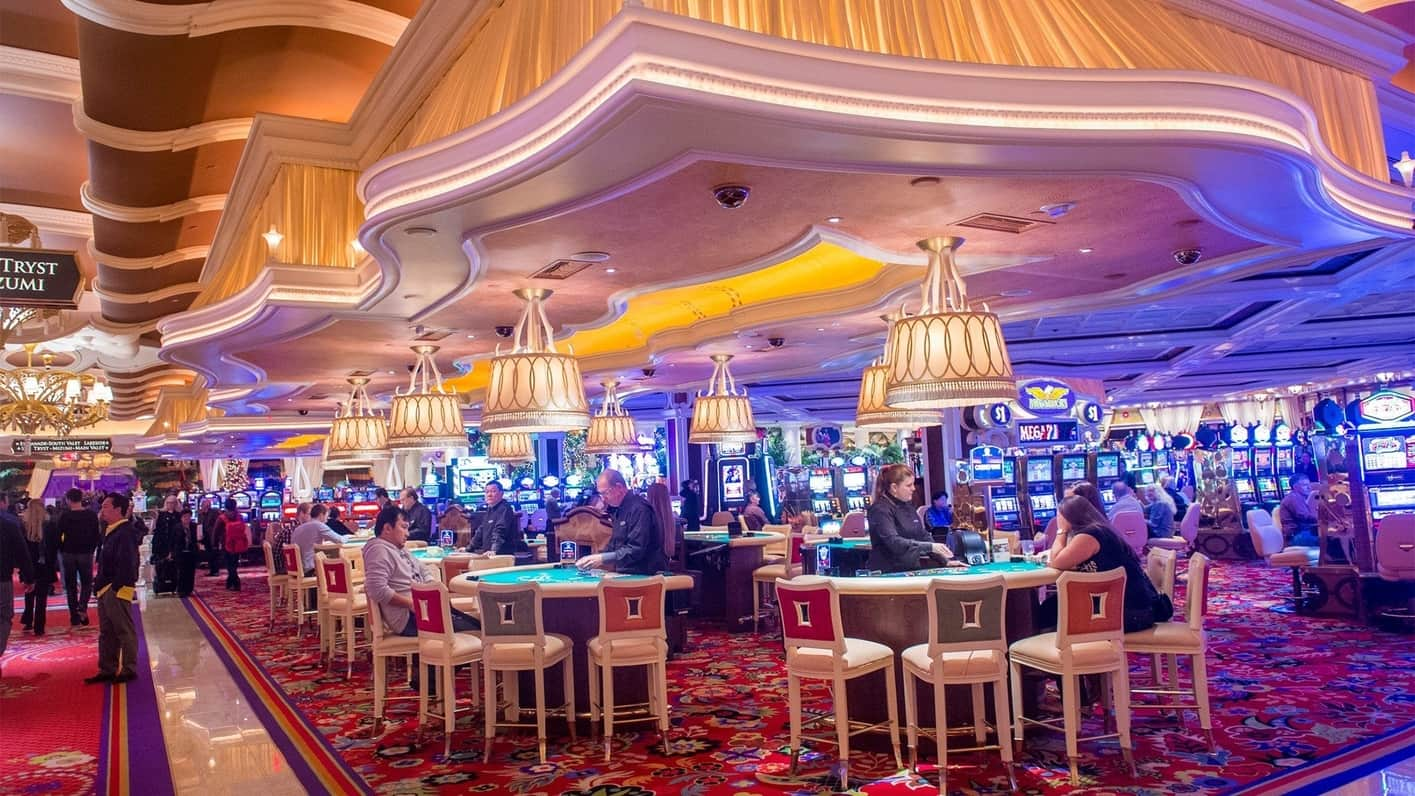
In a vibrant and stimulating world of gaming establishments, wherein fortune and tactics intertwine, hues and design play a critical role in drawing in gamblers. From the moment players step into a casino or log into a gaming platform, they are immersed in a sightly feast that captures their attention and lures them to explore further. https://69vn.travel/ Vivid colors, captivating graphics, and innovative layouts are carefully crafted to create an atmosphere of thrill and anticipation, ultimately improving the gaming experience.
While players move through the dynamic landscape of casino games, they encounter a variety of designs that not only serve visual purposes but also influence emotions and decision-making. Colors like red and gold symbolize riches and fortune, while soothing navy and emeralds can create a much relaxed environment. Grasping how these elements function together allows casinos to create an welcoming and energizing atmosphere that encourages players to engage with the games, spend additional time at the tables, and increase their overall enjoyment.
The Science of Color in Gaming Establishments
Tint plays a critical role in the creation of gambling games, influencing players’ emotional states and behaviors. Lively and striking shades, such as red and amber, are often used to ignite excitement and draw attention. These hues create a sense of pressure and dynamism, encouraging gamblers to participate more eagerly with the experience. By thoughtfully selecting hues, creators aim to evoke feelings of satisfaction and anticipation, which can enhance the total game experience.
Distinct shades also have psychological associations that can impact how players perceive their odds of victory. For example, green is frequently associated with good fortune and prosperity, making it a well-liked choice in games like the roulette wheel and poker tables. This connection can result participants to feel more optimistic and self-assured in their play, ultimately motivating them to wager more. Grasping these links allows game developers to design environments that enhance player happiness and engagement.
Furthermore, the interface of casino game interfaces often employs blended colors and opposing hues to instruct players’ responses. For case, winning outcomes may be highlighted with bright, differing shades, creating a visual cue. This method reinforces favorable outcomes and promotes repeated participation. By leveraging color psychology, casinos can develop activities that not only captivate participants but also hold them involved and dedicated in their play experience. 69VN
Creative Features that Attract Gamers
The visual appeal of gambling games is primarily influenced by the implementation of bold colors. Bright and contrasting colors are deliberately chosen to create an inviting atmosphere that captures attention. For instance, reds and golds often signify good fortune and prosperity, which is why they are prevalent in the palettes of slot machines and table surfaces. These colors not only attract players in, but they also evoke emotions associated with excitement and anticipation, enhancing the overall gaming experience.
In parallel to color, the design and organization of gambling games play a crucial role in captivating players. Games are designed to be user-friendly, ensuring that players can easily understand the guidelines and gameplay. Accessible interfaces, along with engaging graphics and motion, help maintain gamer interest and encourage longer play sessions. The tactile elements, such as the texture of the controls and the audio of the games, also contribute to a holistic sensory experience that keeps players engaged.
In conclusion, thematic elements in game design can significantly influence gaming decisions. Many gambling games are inspired by media, fairy tales, or exploration motifs, featuring symbols and characters that connect with players. These themes create a sense of engagement and connection, making each game feel distinct. When players feel a connection to the concept, they are more likely to opt for that game over others, leading to increased participation and enthusiasm within the casino environment.
Case Studies: Notable Gambling Game Designs
One key example of impressive casino game design is the acclaimed slot machine series based around hit movies. Games such as those based on the The Wizard of Oz and Game of Thrones utilize bright colors and superior graphics to engage players in well-known narratives. The employment of lively visuals and captivating sound effects captures the interest of players, establishing an psychological connection to the theme. This tactic merely promotes longer play but also improves the overall gaming experience, leading to increased player retention.
Another successful case is the application of color psychology in table games like 21 and the wheel. Casinos often create these games with deep reds and greens, colors traditionally associated with luck and wealth. For instance, the emerald felt on a 21 table provides a relaxing effect, while the crimson accents in roulette invite excitement. This intentional use of color helps to create an inviting atmosphere that motivates players to join in, satisfying their psychological impulses and enhancing their enjoyment.
Finally, social casino games that feature social features and lively, colorful designs have seen remarkable success in engaging players. Games like Zynga’s Poker and Slot-O-Mania leverage striking colors and playful animations to create an inviting online environment. The inclusion of leaderboards, social sharing options, and in-app rewards encourages competition and community, pulling players in for longer sessions. Such designs not just make the games visually enticing but also emphasize community engagement, a crucial factor in player retention and engagement within online casino environments.